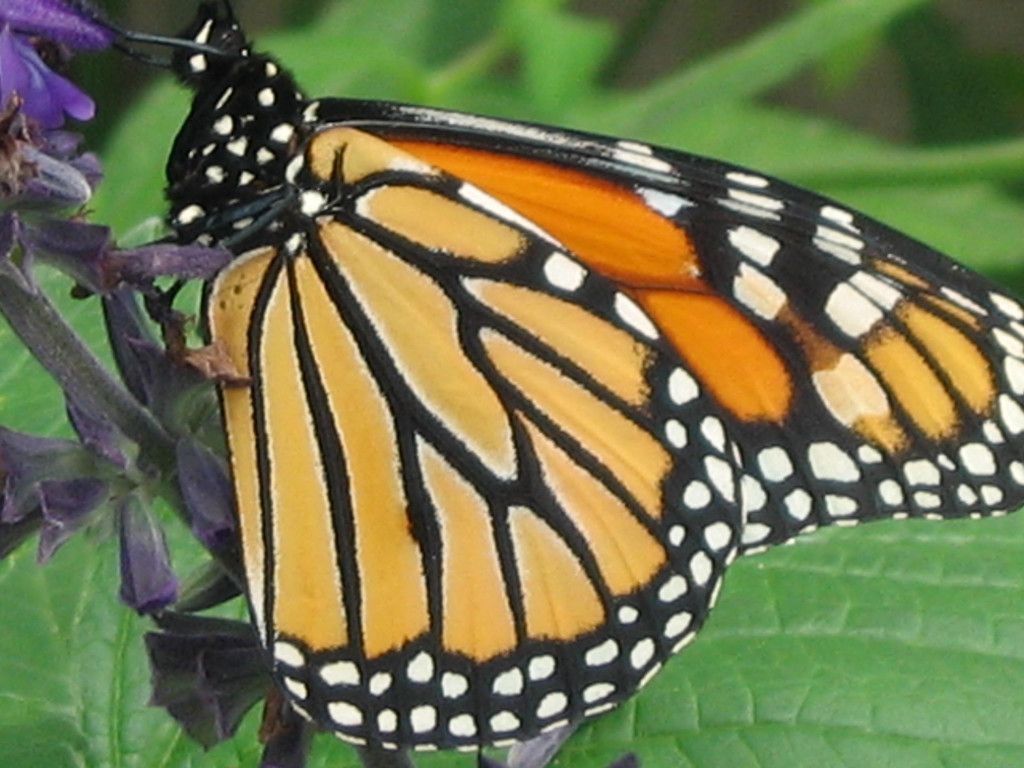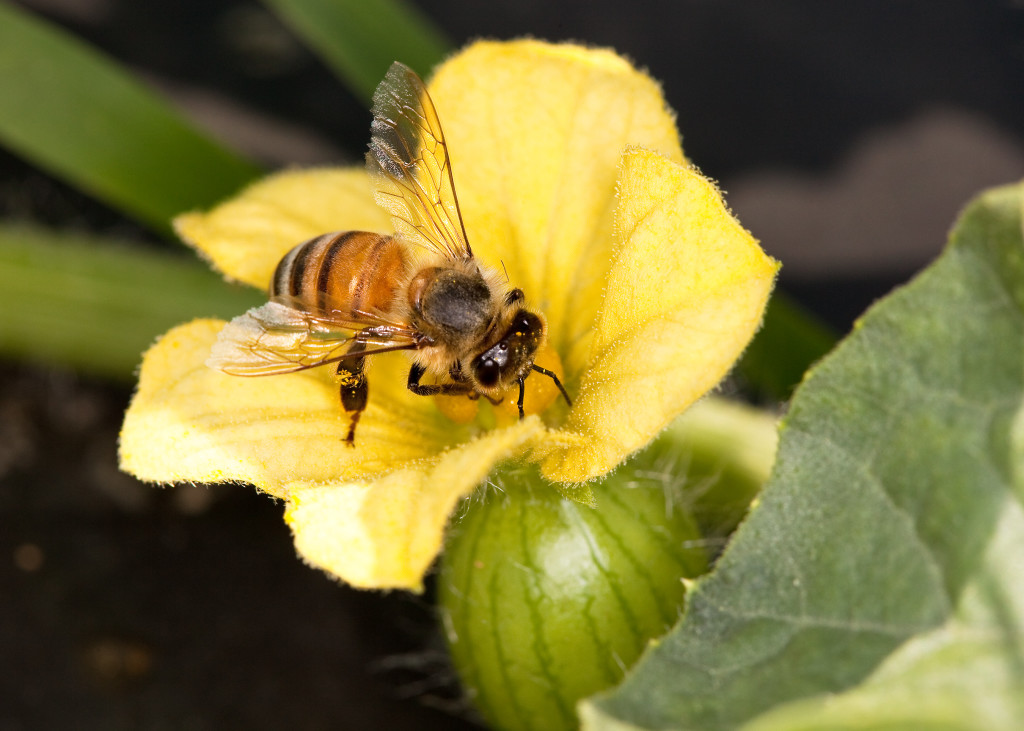Celebrate Earth Day 3 ways in your own backyard: plant milkweed for Monarchs, bee friendly flowers & stop using herbicides & pesticides.
Monarchs and bees are disappearing at an alarming rate. Aside from beauty & honey, their role in pollination means survival of plants on our planet, and the people/animals that feed on plants. I am no Einstein (and the bee quote is questionable), but it doesn’t really take a renown scientist to figure this one out. : )
 Monarchs depend on milkweed to survive. This stuff appeared everywhere when I was a kid! We loved opening the pods and watching the silky strands release and carry the tiny seed on the wind. Aside from the crafts projects (and there were many), the pods had the most beautiful linings. This summer, my backyard will sport some milkweed in the flower beds as a small way to help keep the butterflies from extinction. And sadly, extinction could happen. Want to plant your own seeds? Many places offer them for free. The USDA Blog and the National Wildlife Federation both have a great deal of helpful information.
Monarchs depend on milkweed to survive. This stuff appeared everywhere when I was a kid! We loved opening the pods and watching the silky strands release and carry the tiny seed on the wind. Aside from the crafts projects (and there were many), the pods had the most beautiful linings. This summer, my backyard will sport some milkweed in the flower beds as a small way to help keep the butterflies from extinction. And sadly, extinction could happen. Want to plant your own seeds? Many places offer them for free. The USDA Blog and the National Wildlife Federation both have a great deal of helpful information.
 Honeybees also face rapid decline. Fortunately, they love a wide variety of flowers — perennial and annual! The good folks at Rodale Press put together a wonderful flower menu that bees love! Check it out!
Honeybees also face rapid decline. Fortunately, they love a wide variety of flowers — perennial and annual! The good folks at Rodale Press put together a wonderful flower menu that bees love! Check it out!
Finally — go organic, or as close as you can. Compost, organic soils and alternative pest control options are all readily available. And sometimes, you may just find, there is beauty when you break free of those artificial lawn pictures. Violets, dandelions and clover may just enrich your life.